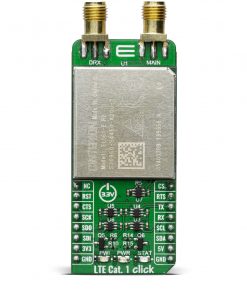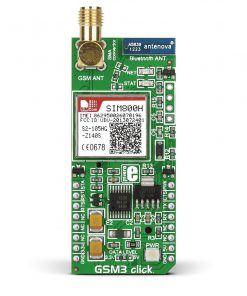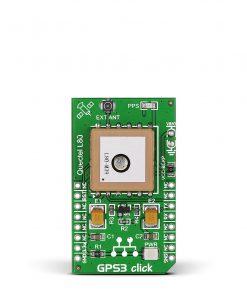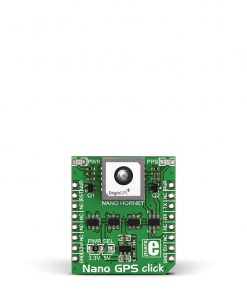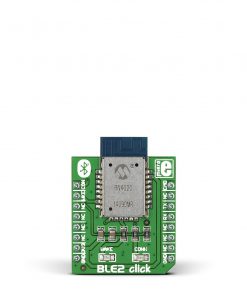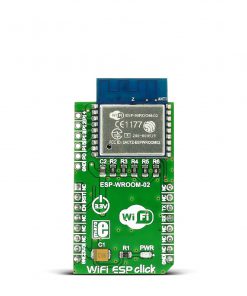5G NB IoT Click
R1,300.00 ex. VAT
5G NB IoT Click is a Click board™ based on Telit Cinterion ENS22 NB-IoT Wireless Module platform that boosts highly efficient future 5G connectivity for the IoT. The 5G NB IoT click combines single mode NB-IoT connectivity with extreme power efficiency, extended coverage range and advanced security features providing steadfast reliability for data only solutions. The module offers built-in internet services, protected by an enhanced security concept.
5G NB IoT Click board™ is supported by a mikroSDK compliant library, which includes functions that simplify software development. This Click board™ comes as a fully tested product, ready to be used on a system equipped with the mikroBUS™ socket.
Stock: Lead-time applicable.
| 5+ | R1,235.00 |
| 10+ | R1,170.00 |
| 15+ | R1,105.00 |
| 20+ | R1,063.40 |


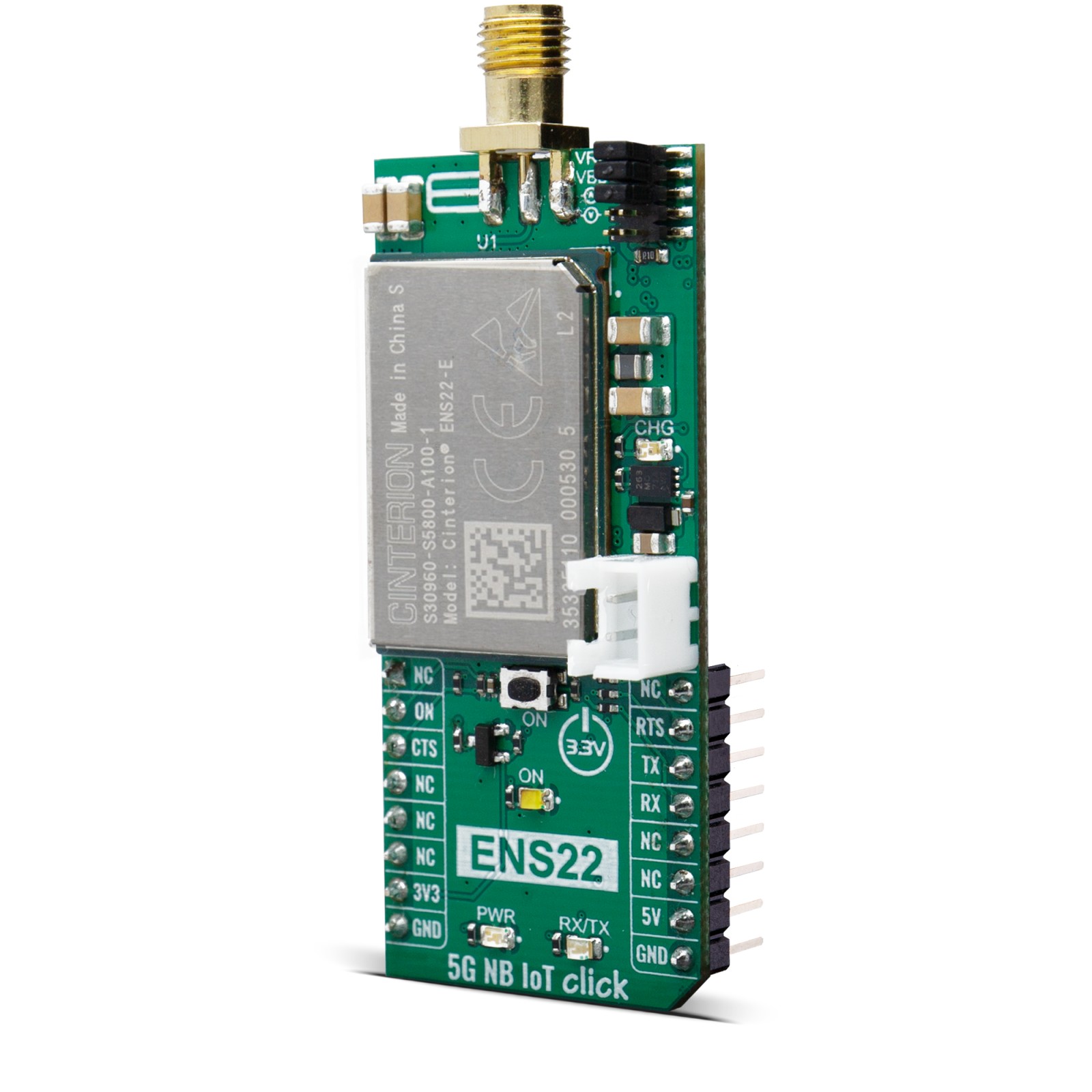

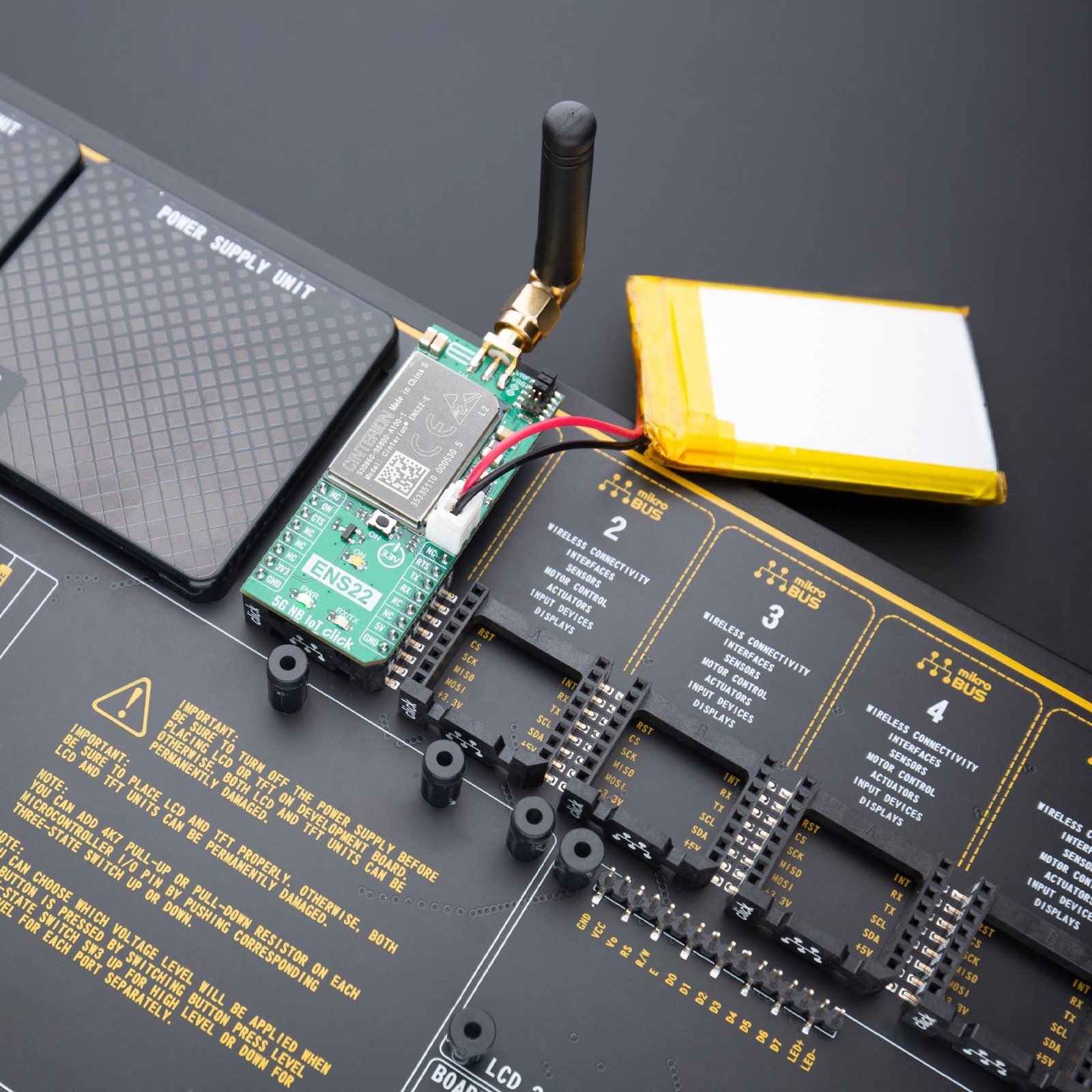
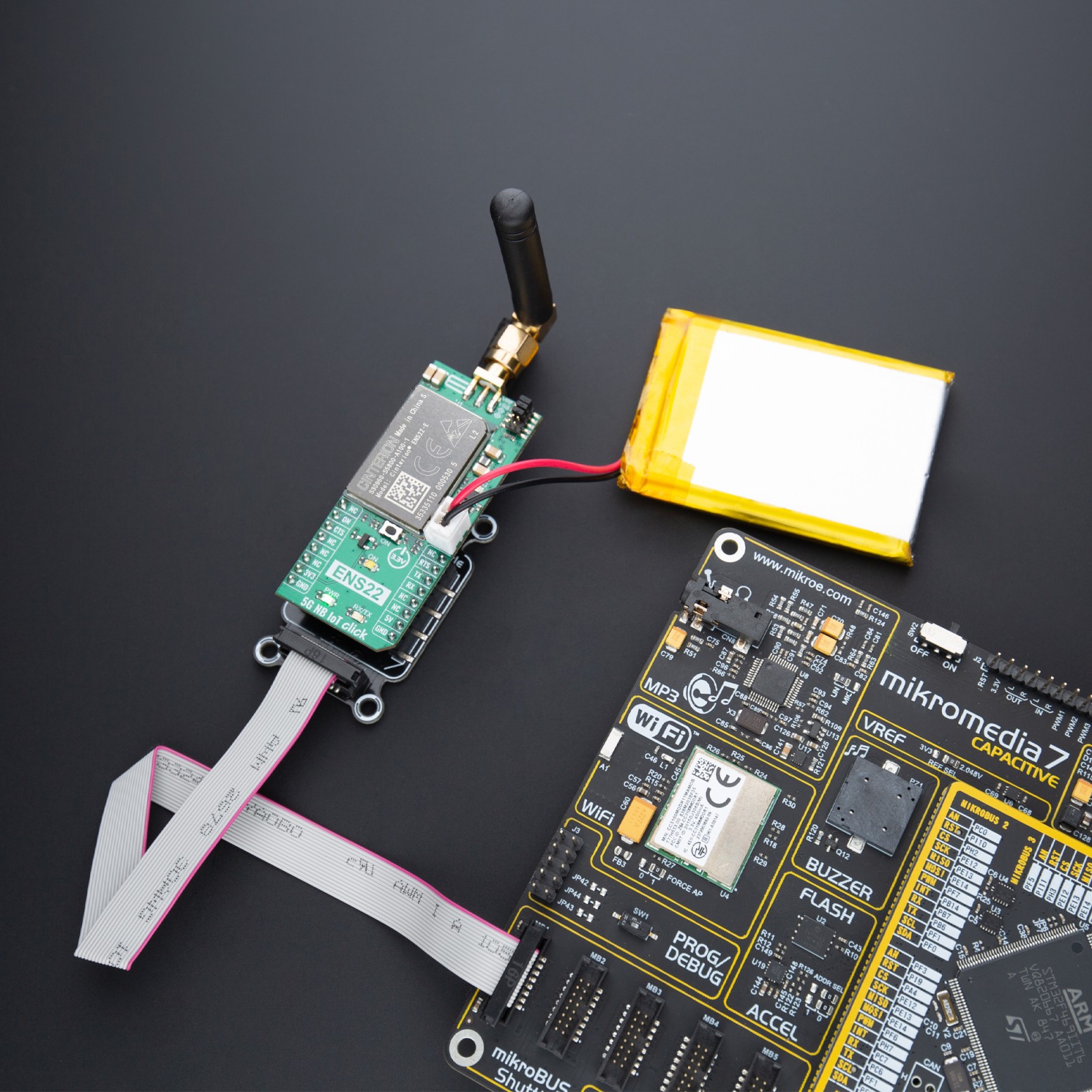
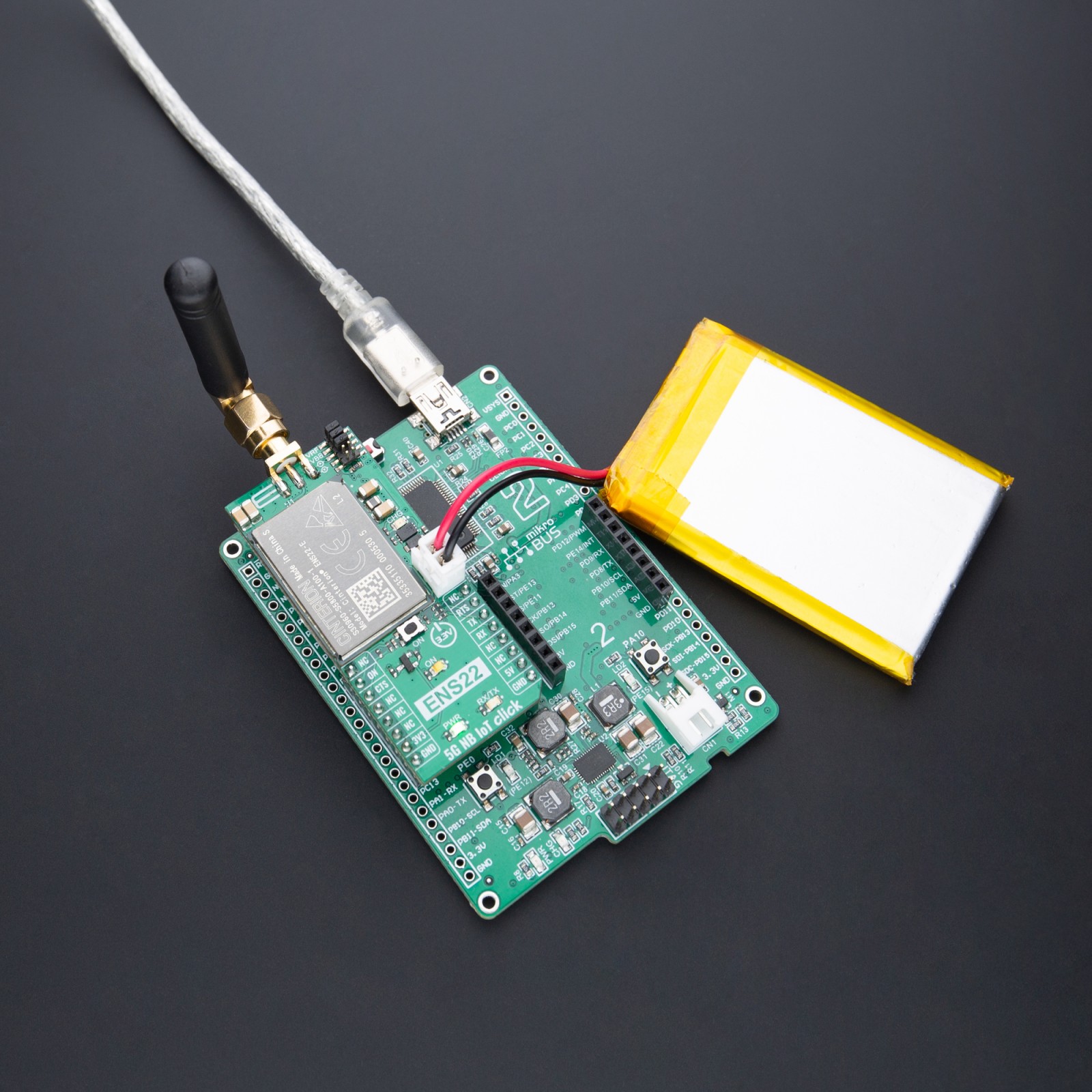
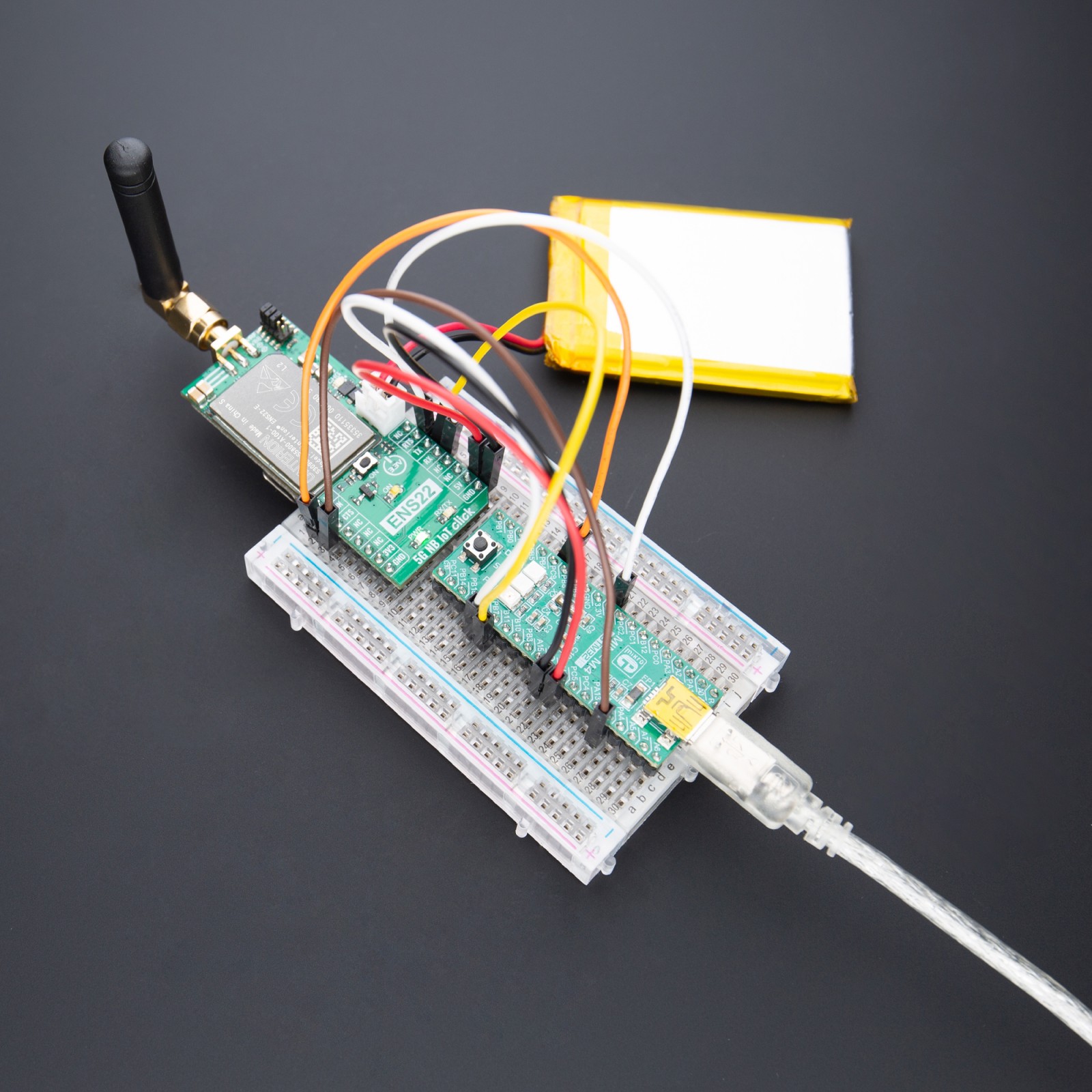
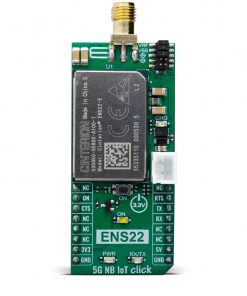
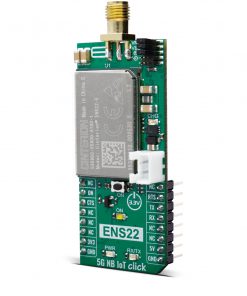

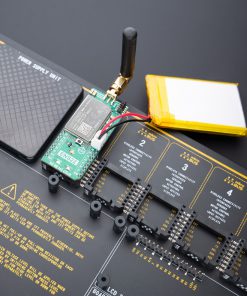


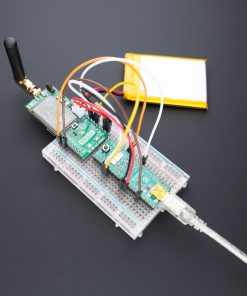
.jpg)


